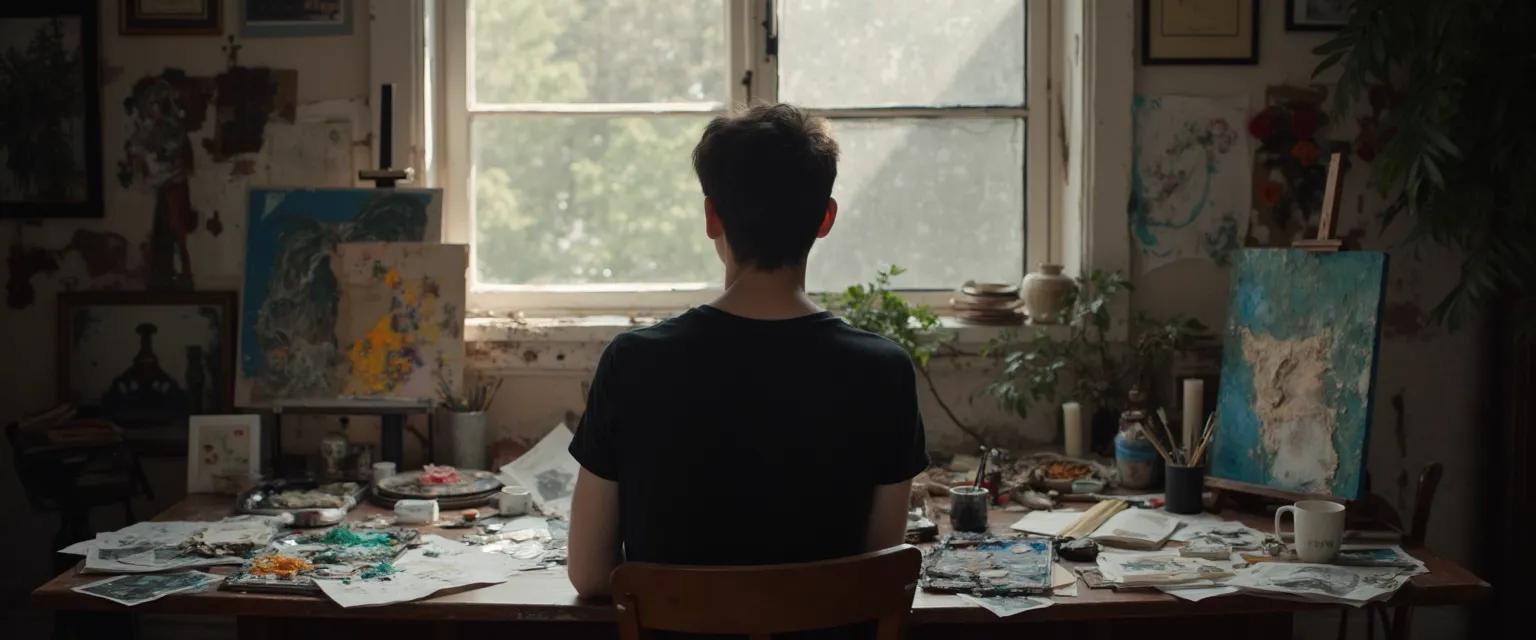How to Transform My Greatest Heartbreak Into Creative Fuel for Artistic Growth
Have you ever wondered how to transform my greatest heartbreak into something beautiful? That gut-wrenching pain that feels like it might swallow you whole actually contains the seeds of profound creativity. Throughout history, artists have alchemized their deepest sorrows into works that resonate across generations. Frida Kahlo painted her physical and emotional pain into striking self-portraits. Adele turned her breakup into Grammy-winning albums. Ernest Hemingway wove his wartime trauma into literary masterpieces.
There's science behind why creative expression helps process emotional wounds. When we create art from my greatest heartbreak, our brains release dopamine and serotonin, countering the stress hormones flooding our systems. Neurologically speaking, artistic expression activates different brain regions than verbal processing, allowing us to access and process emotions that might otherwise remain locked away. This guide offers practical approaches to managing emotional distress through creative channels, helping you transform your pain into something meaningful.
Ready to turn your heartache into creative fuel? Let's explore how different artistic mediums can become powerful vehicles for healing and transformation.
Channeling My Greatest Heartbreak Through Different Art Forms
Each artistic medium offers unique benefits for processing my greatest heartbreak. The key is finding which resonates most with your emotional state and personal expression style.
Writing: Putting Pain into Words
Stream-of-consciousness writing provides immediate emotional release when my greatest heartbreak feels overwhelming. Set a timer for five minutes and write without stopping or editing—just let the raw emotions flow. Poetry offers structure to contain intense feelings through metaphor and rhythm. Narrative storytelling allows you to reframe your experience, potentially giving it new meaning or perspective.
Many celebrated works emerged from profound loss. Joan Didion's "The Year of Magical Thinking" chronicled her journey through grief, becoming a touchstone for readers navigating similar terrain. Your story matters too, even if you're writing just for yourself.
Visual Arts: Making the Invisible Visible
Visual expression bypasses verbal processing, making it perfect when my greatest heartbreak defies words. Color therapy harnesses the emotional impact of different hues—try painting with colors that match your feelings without worrying about form. Abstract expression liberates you from representational constraints, allowing emotional energy to dictate movement and composition. Even simple anxiety-reducing techniques like doodling can provide relief during intense emotional moments.
Musical Expression: The Soundtrack of Healing
Music's temporal nature mirrors emotional journeys through my greatest heartbreak. Songwriting combines lyrical processing with melody, creating powerful emotional release. Even without musical training, you can explore sound as emotional expression—try humming, drumming, or using music-making apps to externalize feelings that words can't capture.
Turning My Greatest Heartbreak Into Your Artistic Superpower
The journey from raw pain to creative expression requires both courage and technique. Here are practical exercises anyone can try, regardless of artistic background:
- The Five-Minute Emotional Snapshot: Choose any medium and set a timer for five minutes. Create something that captures your current emotional state without judging the result.
- The Letter You'll Never Send: Write to the source of your heartbreak, expressing everything you wish you could say. Then transform it—turn it into a poem, tear it up for a collage, or set it to music.
- The Daily Emotion Color Chart: Assign colors to different emotions and create a small color block each day, building a visual record of your healing journey.
How do you know when my greatest heartbreak is transforming? Watch for subtle shifts—moments when creating feels less like screaming into the void and more like speaking your truth. Notice when you can engage with your art with curiosity rather than just pain.
Creating emotional boundaries is essential during this process. Set time limits for immersion in heartbreak-inspired creation, balance it with positive relationship-building activities, and recognize when you need additional support.
As your relationship with my greatest heartbreak evolves through artistic expression, you'll likely discover something surprising: the pain doesn't disappear, but it transforms. It becomes less of a wound and more of a well—a source of depth, empathy, and creative insight that enriches your work and your life. The artists we most admire didn't create despite their heartbreaks but because of them. You can too.




